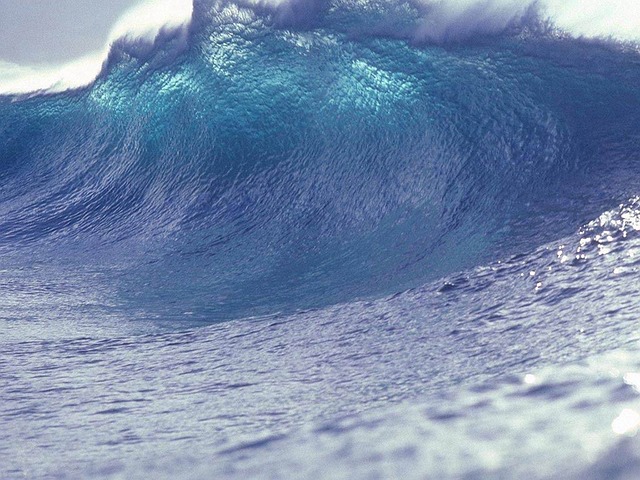Tsunami Facts for Kids
Did you know that a tsunami is more than just a really big wave? A tsunami is actually a bunch of waves that pick up energy as they travel across the ocean, getting bigger and bigger each time a wave hits the shore. Because of their size and energy, tsunamis can be really scary and cause a lot of damage. But they can also be pretty interesting to learn about.
Here are some facts to help you learn more about tsunamis:
- Tsunamis can reach 100m high – that’s as tall as a 10-story building
- Tsunami can travel up to 1,000km inland, a distance that would take close to 30 hours to drive!
- Megatsunamis – ones that are extremely high – can reach up to 534m!
- When tsunamis start in the deepest parts of the ocean, the waves may only reach a few feet high, making them easy to mistake for regular waves.
- Tsunamis can travel up to 10x as fast as normal wave. They can reach speeds of 600km/h, which is as fast as a jet plane, meaning they can travel across the entire Pacific Ocean in less than a day.
- The time between each wave in a tsunami "wave train", called the "wave period", can last anywhere between a couple minutes, to up to two hours.
- Unlike regular waves that "break" or "curl", tsunami waves are like giant walls of water called "bores."
- The top of tsunami waves travel faster than the bottom of the wave.
- When tsunamis reach shallow water they slow right down, but often get much taller.
- A "drawback" is when, right before a tsunami hits, it looks like the ocean is being drained of water. Drawbacks don’t always happen, but when they do they are a good indicator something big is brewing!
- "Transoceanic tsunamis" or "teletsunamis" are tsunamis that travel thousands of miles across the ocean.
- A "local tsunami" is a tsunami whose point of origin is close to the coast, meaning the tsunami starts in the ocean close enough to the coast that it doesn’t need to travel so far across the ocean before it hits land.
- Tsunamis don’t have to happen in the ocean – smaller ones may happen in enclosed bodies of water, like lakes, and are called "seiches."
- Tsunamis used to be called "tidal waves" but since tsunamis aren’t related to tides, the term has stopped being used.
- The first time tsunamis were associated with underwater earthquakes was in Thucydides "History of the Peloponnesian War" between 460 – 395 BC.
- Scientists believe a meteor may have created a tsunami 3.5 billion years ago that wiped out life on earth, including the dinosaurs.
- You’ll often see palm trees planted along coastlines because their strong bases help them withstand the destruction of tsunamis.
- Almost all (99%) of deaths related to tsunamis happen within the first 30 minutes, or 250 km, of the tsunami’s origin.
- The largest recorded tsunami happened in Lituya Bay in Alaska in 1958. Only two people were killed, despite the 534m waves.
- In 2011, a devasting tsunami hit Japan because of the Tohoku earthquake and killed 15,000 people.
- But the deadliest tsunami ever happened in 2004. The Asian Tsunami hit 11 countries and killed 283,000 people, from Thailand to Africa. The earthquake that caused this disaster had the energy of 23,000 atomic bombs.
